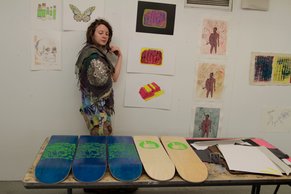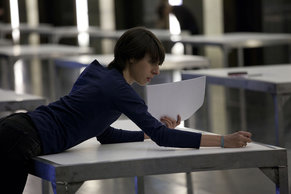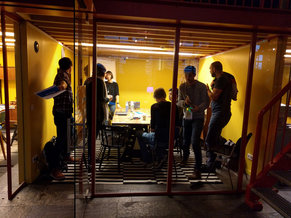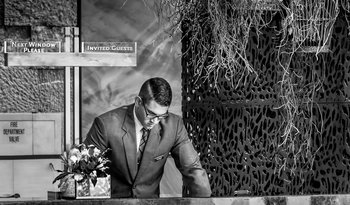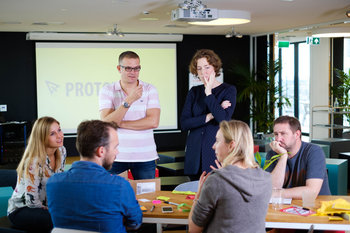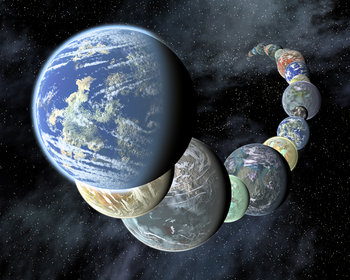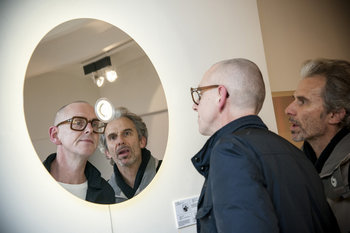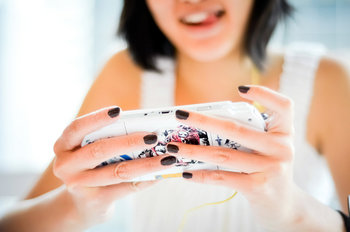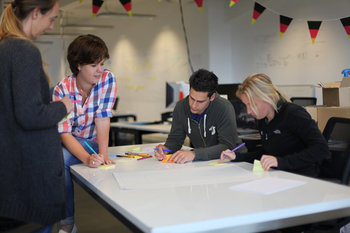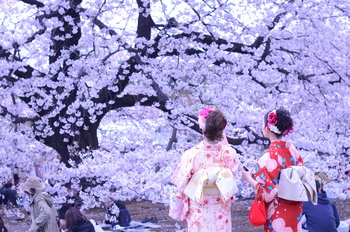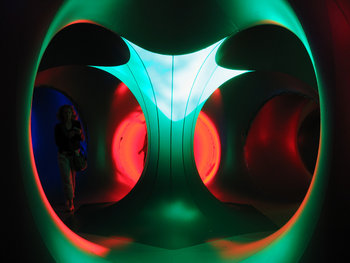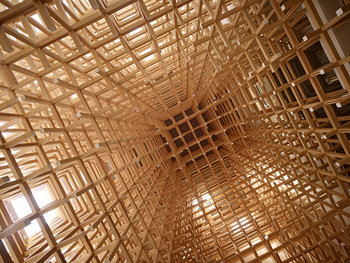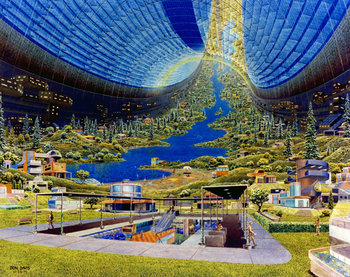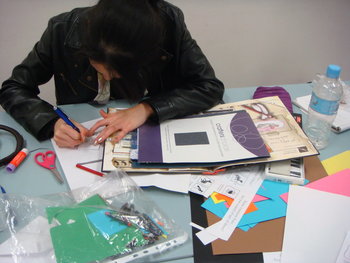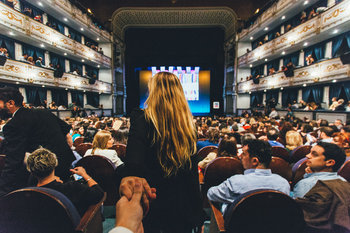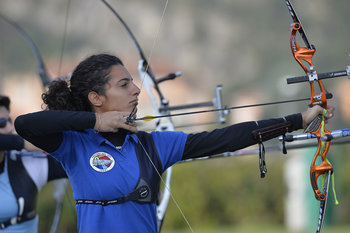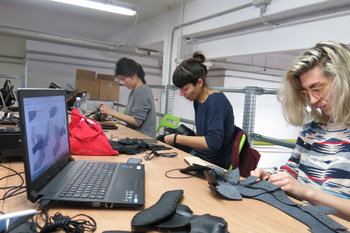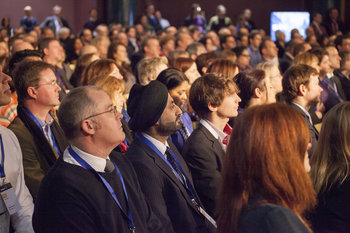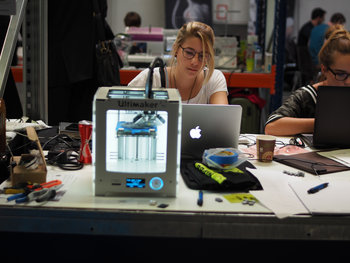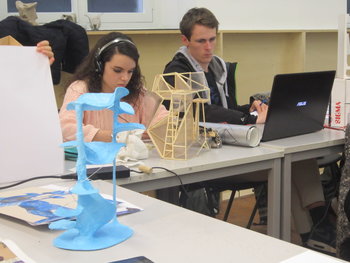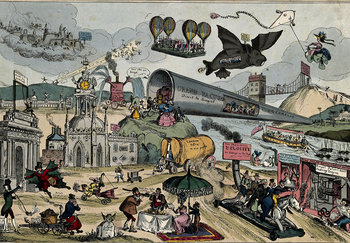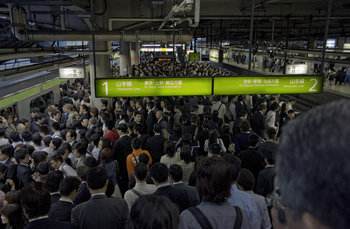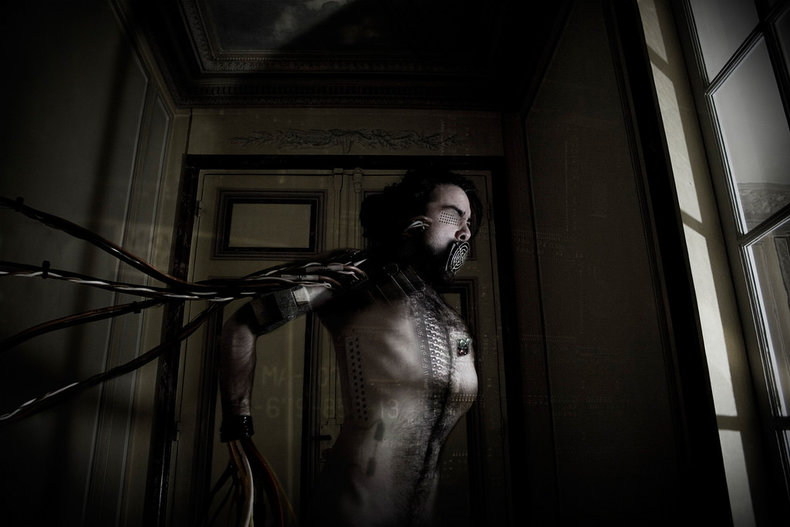
Identity
A design that challenges how a society thinks about identity. For example, a design that suggests that humans as we know them now will eventually disappear due to increasing use of human-enhancement and human-machine integration.Culture
Cultural criticism and proposals such as a design that illustrates how people could grow their own food in a dense urban environment using techniques such as vertical gardens.Society
Criticisms of societies or conceptual designs for future social systems. For example, a story centered around an internet where it is impossible to be anonymous such that everyone is personally accountable for their statements in social media. Alternatively, a story might depict a future where everyone is perfectly anonymous in a wide range of real world and digital situations.Politics
Alternative political systems or criticism of political trends. For example, a design that pitches a system without politicians driven by voting for citizen proposals.Health
Alternative designs for healthcare systems such as a system completely focused on prevention and early detection of disease with less resources needed for treatment.Safety
Designs that depict a safer or more dangerous future. For example, a proposal for a future society that engages all people in positive pursuits from a young age such that crime becomes far more rare.Environment
Rethinking things such as production, consumption, lifestyle, transportation, farming and resource use to paint a picture of the future environment that is either bleak or sustainable.Risk
Highlighting risk and designs that propose ways risk can be avoided or reduced. For example, an imagined future where biological diversity is ever growing as opposed to the current situation where unique species are going extinct on a regular basis.Resilience
Resilience is the degree to which a system can endure stress without loss. For example, a city with water infrastructure such as rain gardens that is resilient to flooding.Efficiency
Efficiency is the output that you get for a unit of input. For example, a design concept for putting things into space using little energy.Productivity
Productivity is the value of work outputs you can create in a unit of time such as an hour. Speculative design may address productivity tools and approaches as user interfaces, time management and creativity techniques.Experiences
Proposals for the human experience such as a system that allows people to feel free and socially connected at the same time.Quality
Challenging ideas about quality such as a design concept that suggests impermanent things can be higher quality than durable things.Knowledge
Designs that pitch ideas about knowledge development, sharing and use. For example, a proposed system for speeding up the evolution of knowledge.Education
Proposals for new approaches to education such as a system where students work at their own pace and master a topic before moving to more advanced topics.Communication
Designs that pitch new methods of communication or that paint a picture of a different future of communication. For example, a future where most people are fully engaged in game environments where most human communication occurs in a fictional reality.Quality of Life
Designs that address the happiness and the resilience of communities. For example, a future society where toil has been eliminated and people mostly work in highly rewarding professions in areas such as creativity, experimentation and social interaction.| Overview: Speculative Design | ||
Type | ||
Definition | The development of non-obvious design concepts that challenge assumptions or propose change to systems. | |
Also Known As | ||
Related Concepts | ||


